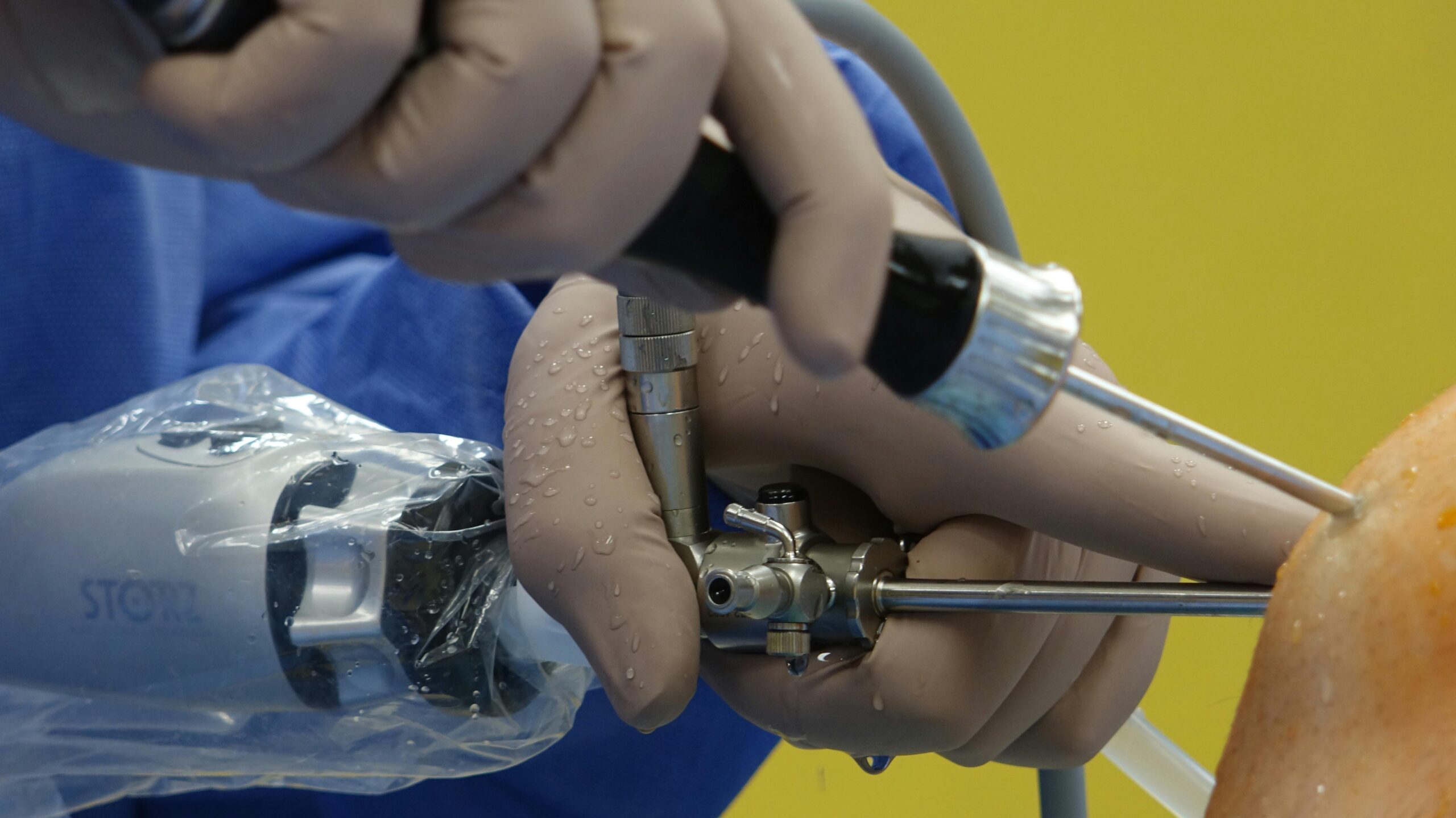Introduction: A Lifeline for the Forgotten
In the shadow of skyscrapers and bustling cities, millions of people worldwide live in regions where healthcare is a luxury, not a right. Rural villages, conflict zones, and isolated communities often lack basic medical infrastructure, trained professionals, and life-saving resources. For decades, this inequity has resulted in preventable deaths, untreated chronic conditions, and generational suffering. But today, a quiet revolution is unfolding. Remote healthcare technology—telemedicine, AI-driven diagnostics, mobile health (mHealth) apps, and portable devices—is dismantling barriers and delivering hope to the world’s most vulnerable populations.
This blog explores how these innovations are transforming healthcare access, sharing stories of resilience, innovation, and human connection. From the mountains of Nepal to the Amazon rainforest, we’ll uncover how technology is rewriting the narrative of global health equity.
1. The Stark Reality: Healthcare Disparities in Underserved Regions

- The Global Burden: Statistics on healthcare gaps (e.g., WHO reports, maternal mortality rates, lack of specialists).
- Key Challenges: Geographic isolation, poverty, cultural barriers, and infrastructure deficits.
- Human Stories: A mother in sub-Saharan Africa walking 50 miles to reach a clinic; a diabetic patient in rural India without glucose monitoring.
2. What is Remote Healthcare Technology? Breaking Down the Tools

- Telemedicine: Real-time video consultations, store-and-forward systems.
- mHealth: SMS-based reminders, mobile clinics, apps for community health workers.
- AI and Machine Learning: Early disease detection, predictive analytics for outbreaks.
- Wearables and IoT: Portable ECG devices, ultrasound probes, smart inhalers.
- Drones and Delivery Systems: Transporting blood samples, vaccines, and medications.
3. Case Studies: Technology in Action

A. Africa: Mobile Clinics and Teleconsultations
- Example: Zipline’s drone delivery of blood products in Rwanda.
- Impact: Reduced maternal mortality by 88% in pilot regions.
B. India: Telemedicine for 1 Billion
- Apollo Hospitals’ telemedicine network serving 20,000 villages.
- Story of a farmer receiving cardiac care via smartphone.
C. The Amazon: Connecting Indigenous Communities
- Brazil’s telehealth boats equipped with satellite internet.
- Fighting malaria and snakebites with remote diagnostics.
D. Native American Reservations: Combating Chronic Disease
- RPM (Remote Patient Monitoring) for diabetes management in Navajo Nation.
4. The Human Element: Stories of Hope and Resilience

- Dr. Maria’s Journey: A Cuban doctor using an AI app to diagnose malaria in Congo.
- Rukmini’s Second Chance: A Nepali girl treated for congenital heart disease via telecardiology.
- Community Health Workers: Unsung heroes using tablets to collect data in Malawi.
5. Challenges and Limitations: The Roadblocks to Equity

- Internet Access: Only 35% of rural populations have reliable connectivity.
- Cultural Resistance: Mistrust of technology in traditional communities.
- Funding and Policy: Lack of government support, donor dependency.
- Ethical Concerns: Data privacy, algorithmic bias in AI tools.
6. Solutions: Building Sustainable Systems

- Public-Private Partnerships: Microsoft’s Airband Initiative, Google’s Project Loon.
- Training Local Talent: Empowering nurses and midwives with digital tools.
- Low-Tech Innovations: Offline-first apps, solar-powered devices.
- Policy Advocacy: WHO’s Global Strategy on Digital Health.
7. The Future of Remote Healthcare: Trends to Watch

- 5G and Edge Computing: Ultra-fast diagnostics in remote ERs.
- AI-Powered Wearables: Predicting strokes and heart attacks.
- Virtual Reality (VR): Training surgeons across continents.
- Climate Resilience: Tech solutions for healthcare during disasters.
Conclusion: A Call to Action
Remote healthcare technology isn’t just about gadgets—it’s about restoring dignity, saving lives, and ensuring no one is left behind. While challenges persist, the progress so far proves that innovation, when guided by empathy, can bridge even the deepest divides. Governments, tech giants, and everyday citizens must collaborate to scale these solutions. The question isn’t if we can achieve health equity, but how fast.
Additional Elements for Engagement
- Infographics: Maps showing telehealth adoption rates, before/after case study visuals.
- FAQs: “How can I support remote healthcare initiatives?”
- Resources: Links to NGOs, apps, and volunteer opportunities.
This structure ensures depth, emotional resonance, and SEO optimization. Each section weaves data with storytelling, balancing technical accuracy with humanity. Let me know if you’d like me to expand specific sections or add more case studies!





